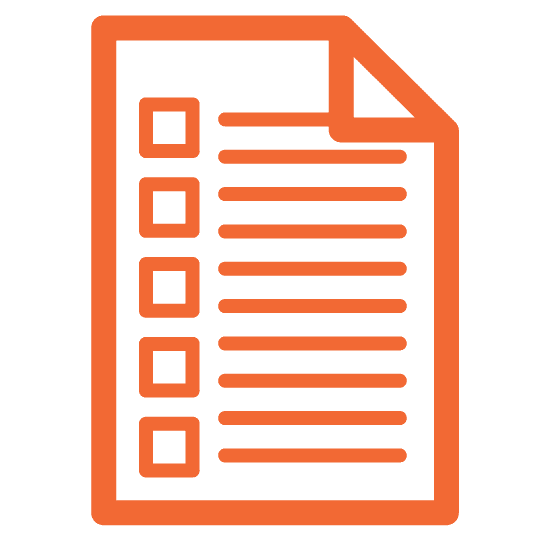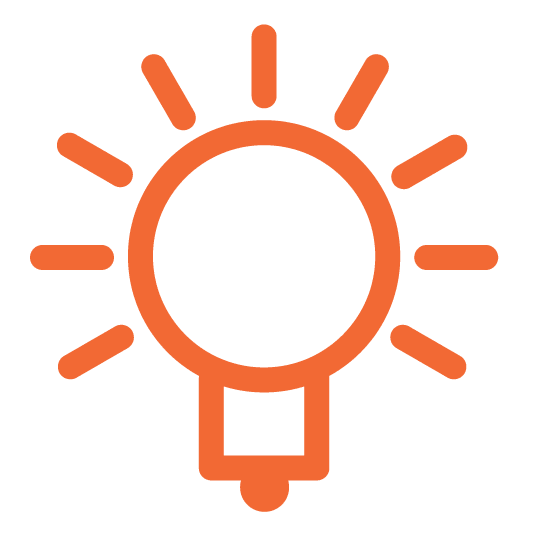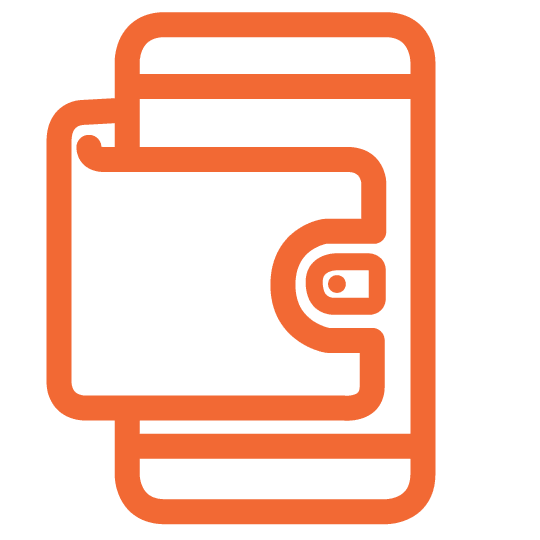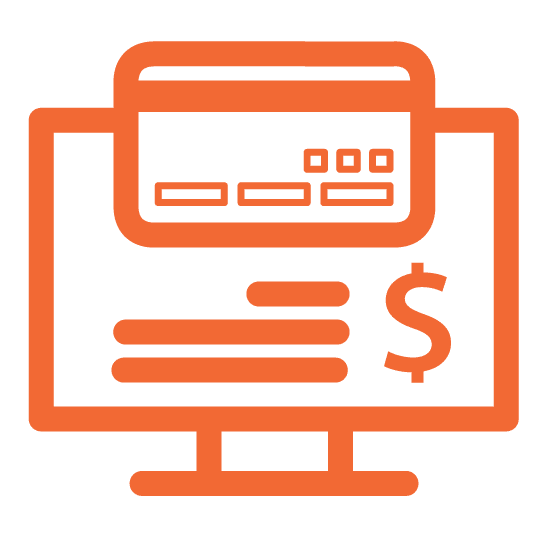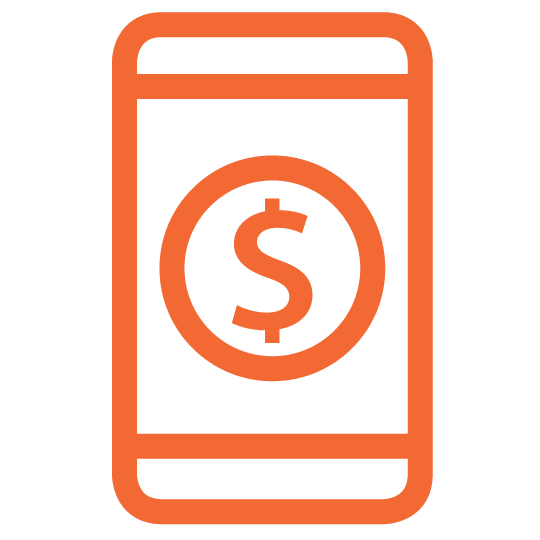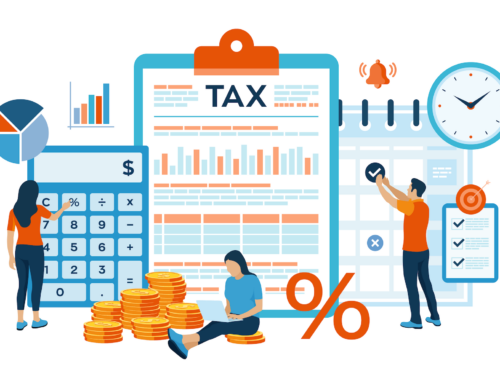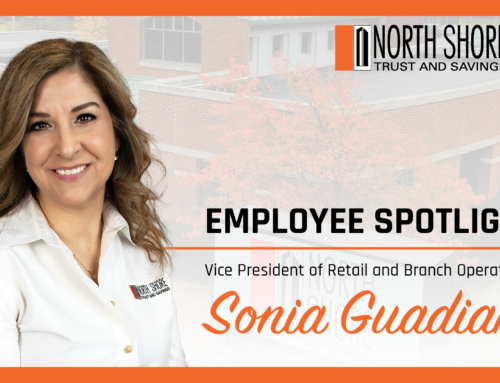SAVE OR SPEND: FIVE WAYS TO MAKE YOUR REFUND COUNT THIS TAX SEASON
ACCORDING TO THE INTERNAL REVENUE SERVICE, THE NATION’S TAXPAYERS WILL RECEIVE AN AVERAGE TAX REFUND OF NEARLY $3,000
This spring, over 80% of Americans will be asking the same question: “Should I save my tax refund or spend it?” According to the Internal Revenue Service, the nation’s taxpayers will receive an average tax refund of nearly $3,000.
For many households, their tax refund is the single largest sum of money they receive in a year, making tax season a great time to take steps toward securing your financial well-being. Your tax refund can be used to pay down debt, set aside for a rainy day purchase, or get a jump-start on saving for retirement.
North Shore Trust and Savings is here to help guide you toward an informed decision. Our experienced Universal Bankers can open a savings account or explain the benefits of an IRA. North Shore Trust’s Mortgage Loan Officers are well-versed in the home buying process and can walk you through the purchase of a home. Our unique approach to lending allows our Loan Officers to shop several different lenders for the best rate available to you. Contact us today to get started.
NORTH SHORE TRUST AND SAVINGS IS HIGHLIGHTING FIVE TIPS TO HELP YOU MAKE THE MOST OUT OF YOUR WINDFALL:

SAVE FOR EMERGENCIES
Open or add to a savings account that serves as an “emergency fund.” Financial planners say your emergency fund should ideally hold between three and six months of living expenses. This amount will provide enough funds in case of sudden financial hardships like losing your job or having to replace your car. Let’s be honest though, the Federal Reserve found that 47% of Americans couldn’t afford a $400 unexpected expense without borrowing the money or pawning something of value. That means that saving three-to-six months of living expenses is an unimaginable, and therefore unattainable, sum of money! Start with a goal of $500, then work toward $1,000. The good news is either amount is only a small portion of the average tax refund.

PAY OFF / PAY DOWN DEBT
The average American household has $16,000 in total credit card debt, spread across three different cards. Simply paying the minimum amount due each month will mean the average household pays nearly $2,900 in credit card interest each year. As interest rates rise, so will these credit card rates, and the corresponding interest owed. For every $1,000 of your refund that is applied toward outstanding credit card debt, you could save approximately $180 per year of interest expense. In other words, paying down your credit card balances by $1,500 will save you almost enough to cover one full year of Netflix and Amazon Prime, plus leave enough left over for a tank of gas.

SAVE FOR RETIREMENT
Open or increase contributions to a tax-deferred savings plan like a 401(k) or an Individual Retirement Account (IRA). According to the Government Accountability Office, around half of American households have no retirement account at all. No 401(k), no IRA, no pension, nothing other than Social Security. Almost 30% of households aged 55 and older have neither retirement savings nor a pension. That could explain why nearly 25% of those working plan to keep doing so into their 70’s. If your employer offers a 401(k), start contributing in order to take advantage of any company match and use your tax refund to offset the small decrease in your paychecks each month. Otherwise, start an IRA with a portion of your refund and plan to add to it each year. Every little bit helps, and even little bits can add up to significant dollars over time.

PUT IT TOWARD A DOWN PAYMENT
The biggest challenge that most first-time home-buyers face is coming up with enough money for a down payment. If you intend to buy a new home in the near future, putting your tax refund toward the down payment will significantly boost your savings. A larger down payment will allow you to look for a home in a higher price range or reduce your mortgage costs.

INVEST IN YOUR CURRENT HOME
Use your refund to invest in home improvements that will pay you back in the long run by increasing the value of your home. This can include small, cost-effective upgrades like fresh paint or new lighting, to larger improvements such as new windows or energy-efficient appliances. Home improvements can pay off by making your home more enjoyable to live with or improve your chances of a quick sale at the higher price.
